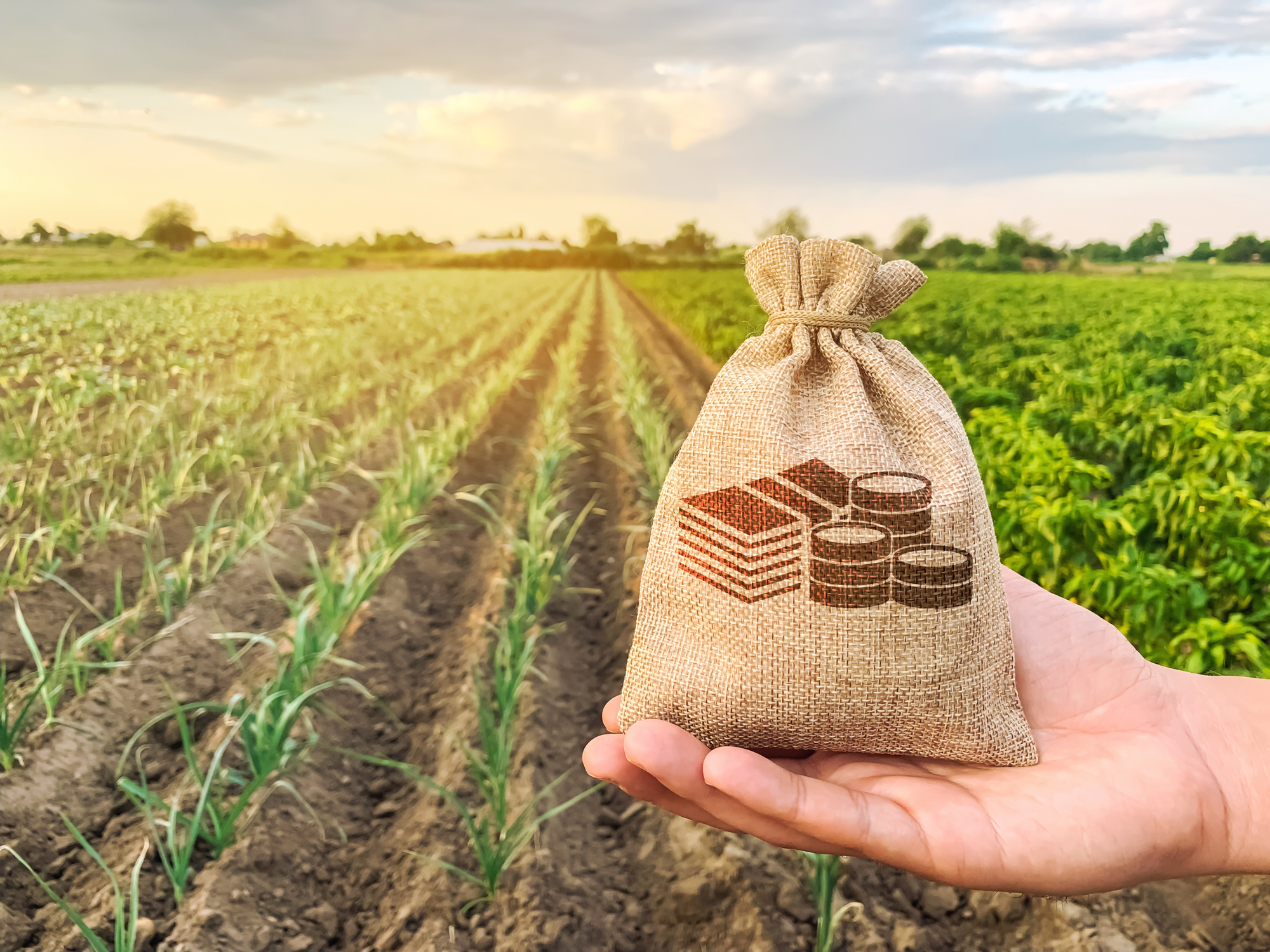A change in how the United States Department of Labor calculates the minimum wage for agricultural workers in the H-2A visa program could save struggling farmers and orchardists in Washington state as much as $2.80/hr. next year.
The Adverse Effect Wage Rate (AEWR) is the de facto minimum wage paid to temporary agricultural workers through the H-2A visa program. The H-2A visa program allows farmers and ranchers to hire agricultural workers for up to 10 months a year to work legally in the United States, if employers can prove a shortage in the local workforce.
The United States Department of Labor (USDOL) announced it was changing how the AEWR was calculated by switching from relying on the Farm Labor Survey data to using data from Occupational Employment and Wage Statistics instead. The primary driver for the shift from one data set to the other is more accurate data. The Farm Labor Survey does not offer USDOL “more precise wage estimates for any occupation-specific wage” to estimate how those wages differ state-to-state. The change amounts to relief for some employers nationwide, specifically for those in states producing primarily fresh fruit and vegetables, like ours.
In Washington state, the current AEWR is set at $19.82/hr. and, for workers already employed this season, that rate will remain unchanged. Any contracts that began after Oct. 2, 2025, are now guided by the new wage rules, dropping the Washington state AEWR to the state’s minimum wage.
The new wage rules also establish a two-tier approach to the AEWR, allowing for skillsets, experience, and certifications to be officially acknowledged. “Skill Level I” jobs are considered entry level jobs that do not require any previous training or experience and require more supervision of workers under the new USDOL classification system. The department is anticipating most H-2A jobs to fall into this category. The second classification, “Skill Level II,” are jobs that require additional skill, like picking apples for proper color in an orchard, or jobs that require expertise, previous experience, and knowledge above what could be reasonably expected from a new hire. These job classification differences stratify rates of pay for incoming employees.
Because AEWRs are set for each state individually, they will vary from state-to-state with skill level rates of pay also varying state-to-state. The Washington state rate of pay for “Skill Level I” jobs is set below the state minimum wage, but Washington state employers will be required to set their base rate of pay at the state minimum wage level, per the law. “Skill Level II” jobs are set at $19/hr., in acknowledgement of the additional skills a worker is bringing to the farm or ranch.
By USDOL’s own admission, a balance must be found in AEWRs with the Interim Final Rule noting:
“When AEWRs are artificially set too far above market conditions … the resulting increases in production costs can harm U.S. workers similarly employed as employers scale down or, worse yet, shut down operations and become ’priced out‘ of participating in the H-2A program. … when the AEWRs are set artificially below market conditions … U.S. workers similarly employed may be harmed by employers choosing not to hire qualified and eligible U.S. workers in favor of H-2A workers, which may lead to requiring that U.S. workers accept below-market wages as a condition of employment.”
While the change in methodology represents a wage cost savings for most states, it is not likely to be the revolution the USDOL envisions for American agriculture. According to estimates from USDOL, agricultural employers should save about $2.4 billion over the next 10 years in AEWR wage adjustments. The department anticipates those cost savings being reinvested into new equipment, mechanization, worker housing, and other farm improvements. However, if that $2.4 billion is broken down to number of applications in Washington state during 2024 – 21,633 – that were certified for hiring H-2A workers, that works out to be a one-year average savings of $11,371 per application.
Addressing the AEWR methodology is just the beginning of addressing the challenges of agricultural labor in the United States.
The final rule also notes additional challenges to farm labor and highlights the need for continued work on those challenges:
"… [T]he Department does not believe American workers currently unemployed or even marginally employed will make themselves readily available in sufficient numbers to replace the departing illegal aliens. The supply of American agricultural workers is limited by structural factors including the geographic distribution of agricultural operations, and the seasonal nature of certain crops, and the relatively low unemployment rate. Furthermore, agricultural work requires a distinct set of skills and is among the most physically demanding and hazardous occupations in the U.S. labor market. These essential jobs involve manual labor, long hours, and exposure to extreme weather conditions—particularly in the cultivation of fruit, tree nuts, vegetables, and other specialty crops for which production cannot be immediately mechanized. Based on the Department’s extensive experience administering the H-2A temporary agricultural visa program, the available data strongly demonstrate—even absent intensified enforcement—a persistent and systemic shortage of qualified and eligible American workers."
The need for H-2A reform has been long-recognized in the agricultural community. By creating a more precise manner for the calculation of AEWRs for each state, USDOL is not only acknowledging the need for reform but actively pursuing it.




